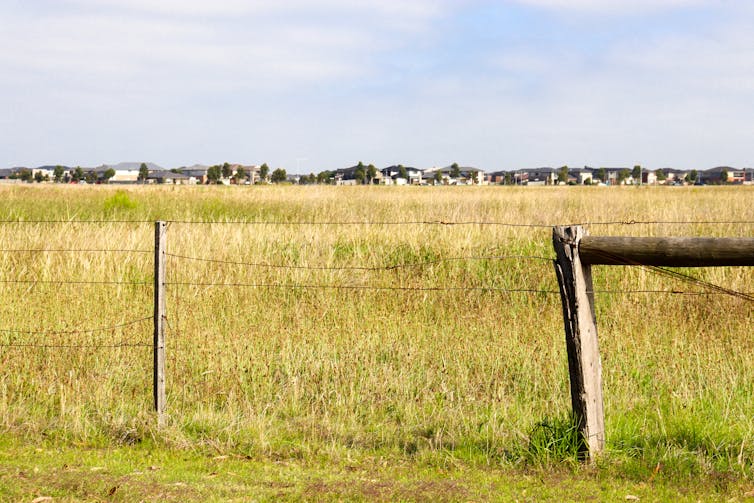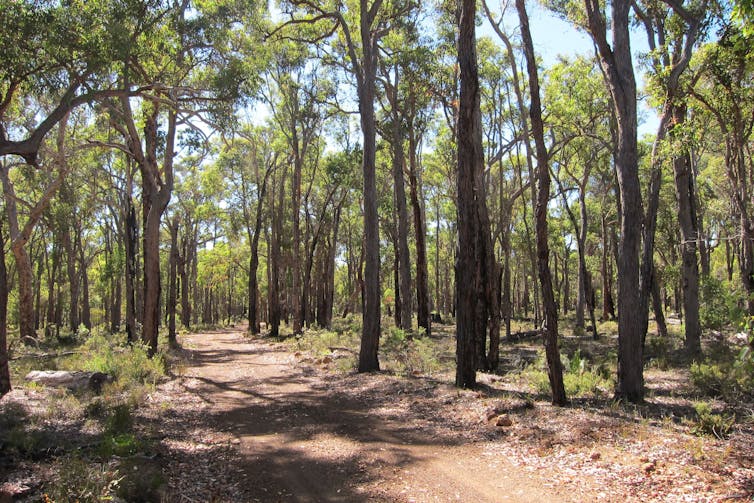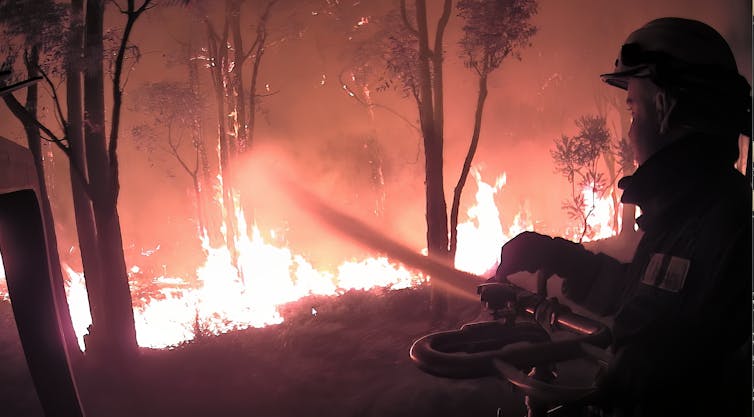
By Euan Ritchie (Deakin University) Catherine Lovelock (The University of Queensland) and Sarah Bekessy (RMIT University).
This article is republished from The Conversation under a Creative Commons license. Read the original article.
Policy alignment sounds dry. But think of it like this: you want to make suburbs cooler and more liveable, so you plant large trees. But then you find the trees run afoul of fire and safety provisions, and they’re cut down.
Such problems are all too common. Policies set by different government departments start with good intentions only to clash with other policies.
At present, the Albanese government is working towards stronger environmental laws, following the scathing 2020 Samuel review of the current Environment Protection and Biodiversity Conservation Act. The review noted planning, funding and regulatory decisions are “not well integrated or clearly directed towards achieving long-term environmental sustainability”.
Stronger laws are not a standalone answer. We must find ways to align government policies far better, so progress on one front doesn’t lead to a setback elsewhere. As the government prepares to announce once in a generation changes to our main environment laws, it must find ways to reduce these clashes.
Nature vs cities
All levels of government have policies aimed at increasing canopy cover and biodiversity in cities. How hard can it be to plant trees?
The problems start when you look for places to actually plant street trees. It’s common to encounter a wall of obstacles, namely, other policies and regulations. Fire prevention, human safety, visibility for road traffic and provision of footpaths and carparks are often legally binding requirements that can stymie this seemingly simple goal.
Most cities in Australia are now actually losing canopy cover rather than gaining more.
On the biodiversity front, urban sprawl is pushing many species and ecosystems to the brink of extinction.

Last year, conservationists rediscovered the grassland earless dragon on Melbourne’s grassy western fringes, which we had believed was extinct. Now we had a second chance to save it, in line with the Australian government’s pledge to stop extinctions.
The problem? The grasslands where the dragon was found near Bacchus Marsh, just outside Melbourne, are zoned for housing. Only 1% of the grasslands ecosystems suitable for these reptiles is still intact, and much of it has been earmarked for housing.
From a housing point of view, the continued existence of the dragon now threatens plans for 310,000 homes.
If we had better policy alignment, we would look to achieve both goals: protect the dragon and build more housing through methods such as building sustainable midrise developments in established urban areas.
Protecting the reef while exporting LNG
Meanwhile, the Great Barrier Reef is bleaching again, the fifth bout in just eight years.
Almost all the extra heat trapped by greenhouse gases goes into our oceans, triggering marine heatwaves and bleaching. If the world’s largest living structure bleaches too much, it will begin to die, threatening its rich biodiversity, cultural heritage and industries such as tourism.
On the one hand, Australia wants to protect the reef and has funded efforts to boost water quality.

But on the other hand, supportive government policies contribute to our recent emergence as a top exporter of liquefied natural gas, which is 85–95% comprised of the potent greenhouse gas methane. Land clearing in the catchments of rivers which flow to the reef is ongoing due to policy loopholes, which adds more smothering sediment, nutrients and pollutants to the reef’s woes.
The shipping sector only has to abide by a voluntary code to avoid invasive species arriving in the ship’s bilge water, even though they could be carrying the tissue loss disease devastating reefs in the Caribbean and Florida.
Renewables versus biodiversity
Calls to fast-track clean energy projects and stop them being held up by environmental approvals are risky. We could tackle one crisis (climate change) by making another worse (biodiversity and extinction).
Australia has destroyed nearly 40% of its forests since European colonisation, with much of the remaining native vegetation highly fragmented. Because this clearing has already happened, it should be entirely possible to build renewables without damaging the homes of native species.
In fact, we can do better – we can take degraded farmland, build solar on it and restore low-lying native vegetation around it to actually boost biodiversity. Requiring new renewable projects to be nature positive would encourage creative approaches to delivering infrastructure while benefiting nature.

Policy clashes abound
There is, sadly, no shortage of examples of clashing policies:
Victoria’s “wild dog” bounty pays landowners to kill the dingo, a listed threatened native species
relaxing new emissions rules for utes and vans conflicts with government climate efforts to rapidly reduce emissions
exotic plant species such as buffel grass are still routinely used and promoted for use in agriculture, despite the damage they do to biodiversity and their ability to fuel more severe fires, more often.
Why the lack of alignment?
For politicians, the environment ministry is often seen as a poisoned chalice.
Within government, departments often pull in different directions. When resource and agriculture plans conflict with environmental concerns, it’s not hard to guess which side tends to win. Case in point: the recent plans to remove gas project oversight from environment minister Tanya Plibersek in favour of resources minister Madeleine King.
How can we make policies work together better for the environment? Governments should sift through all relevant policies and regulations to make sure nature-positive approaches are embedded. Requiring development proposals to benefit nature would go a long way to reducing environment-economy conflict. After all, most businesses are now looking into ways of becoming nature-positive.
Too often, environment policies are seen as opposed to those promoting the economy, jobs and industry. But they don’t have to clash.
Tremendous opportunities exist for a safer, more sustainable future, if we address current causes of friction and take a big picture approach to how we develop our policies.





















